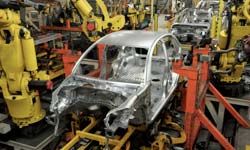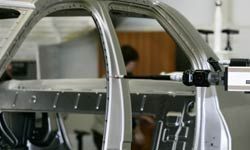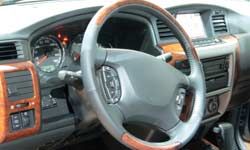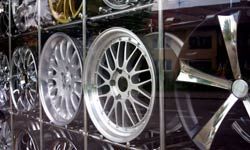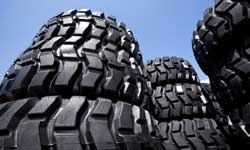Have you ever wondered exactly what your car is made of? No, not how hard and fast it can be pushed on a race track, or what its limits off-road really are -- but what materials are actually used to build it.
We hear a lot about the parts that make up our cars, such as engines, transmissions, seats, HVAC systems, and so on. But we never really give much thought to the bits and pieces of raw materials that are used in auto manufacturing to create these things.
Advertisement
The car industry uses a tremendous number of materials to build cars, including iron, aluminum, plastic steel, glass, rubber, petroleum products, copper, steel and others. These parts are used to create everything from those small things we don't think about, such as dashboard needles and wiring, to the big stuff, such as the engine block or the transmission gears.
These materials have evolved greatly over the decades, becoming more sophisticated, better built, and safer. They've changed as new automotive manufacturing technologies have emerged over the years, and they're used in increasingly innovative ways.
In this article, we'll discuss five of the materials used most in automotive manufacturing. Up first, we'll take a look at the one that makes automobiles so heavy.
